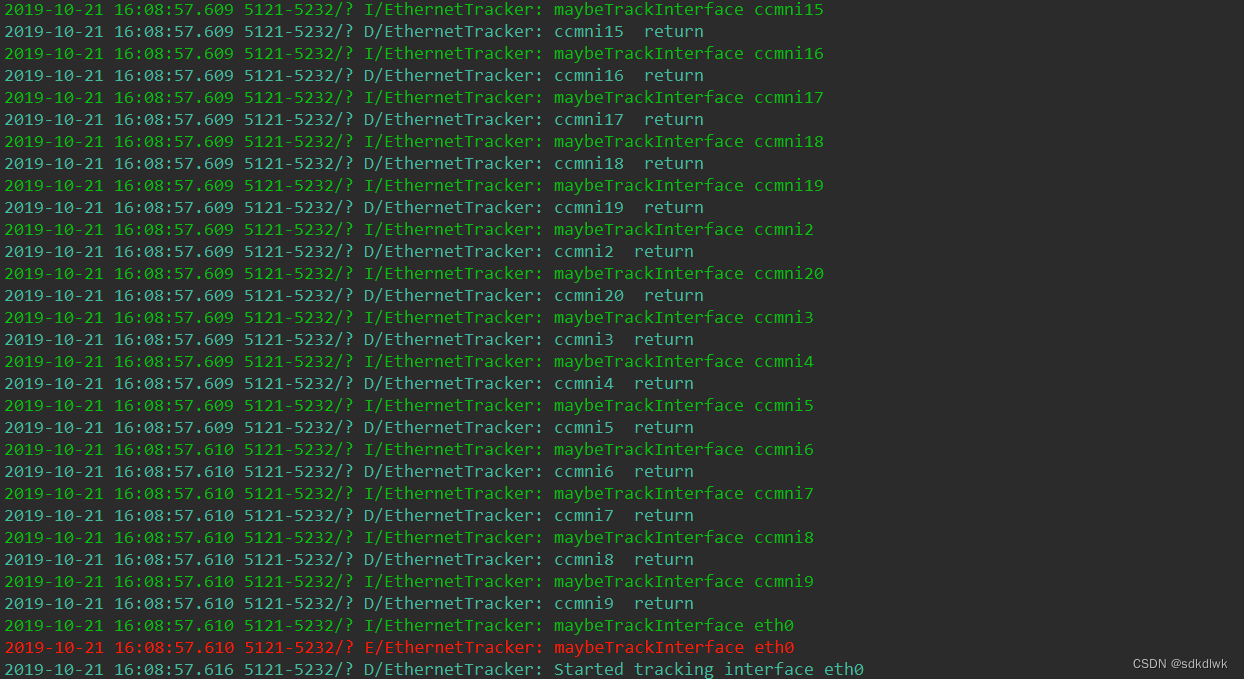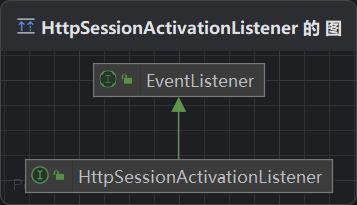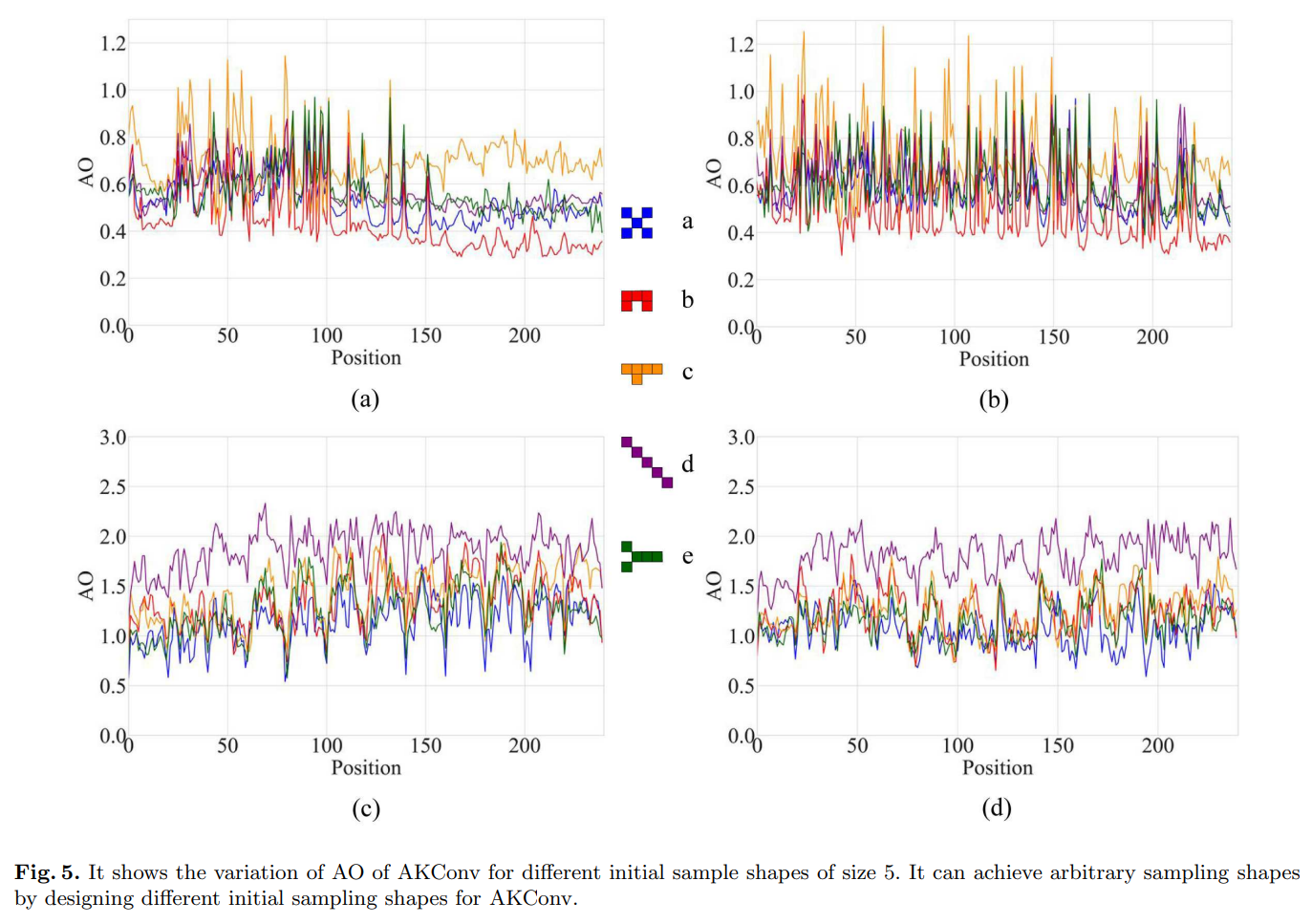作者简介:大家好,我是撸代码的羊驼,前阿里巴巴架构师,现某互联网公司CTO
联系v:sulny_ann(17362204968),加我进群,大家一起学习,一起进步,一起对抗互联网寒冬
# 序言
使用Nginx反向代理,可以解决跨域无权和Session丢失的问题,十分方便。下面我们以前后端分离为案例,展开Nginx的使用教程。
# 配置和启动Nginx
下载地址
Nginx下载传送门:http://nginx.org/en/download.html
注意事项:下载之后,记得解压到全英文路径,避免中文路径导致Nginx启动失败。
修改配置
打开nginx.conf ,清空配置项,然后将下面的配置信息原封不动拷贝进去:
worker_processes 1;events {worker_connections 1024;}http {include mime.types;default_type application/octet-stream;sendfile on;keepalive_timeout 65;#前端页面服务器server {#监听端口和域名listen 7000;server_name localhost;#添加头部信息proxy_set_header Cookie $http_cookie;proxy_set_header X-Forwarded-Host $host;proxy_set_header X-Forwarded-Server $host;proxy_set_header X-Forwarded-For $proxy_add_x_forwarded_for;#添加拦截路径和代理地址location /api/ {proxy_pass http://localhost:8080/; #注意:使用代理地址时末尾记得加上斜杠"/"。}#添加拦截路径和根目录location / {root html/hehe; #注意:使用"/"拦截全路径的时候记得放在最后。index index.html index.htm; #index表示首页}}}
快速启动
在Windows 环境中:
-
快速启动Nginx:右键管理员模式,运行nginx.exe。
-
快速关闭Nginx:在nginx主目录,添加关闭Nginx的命令。
其中结束Nginx.bat的具体内容如下:
taskkill /f /im nginx.exe
使用命令快速关闭Nginx
# 部署前端页面
前后端分离后,可以直接将静态资源(例如前端页面)部署到Nginx的html目录。这里我们在$nginx_home/html目录下创建一个名为hehe的文件夹,并添加一个页面(index.html)用于跨域访问测试,index页面内容如下:
<!DOCTYPE html><html lang="en"><head><meta charset="UTF-8"/><title>Page Index</title></head><body><h2>前台系统7000</h2><p id="info1"></p><p id="info2"></p></body><script src="js/jquery.js"></script><script>$.ajax({url: 'http://localhost:7000/api/user/login/verifyCode',type: "POST",success: function (data) {//1.获取验证码$("#info1").html("跨域访问成功:verifyCode:" + data);//2.核对验证码$.ajax({url: 'http://localhost:7000/api/user/login/checkVerifyCode',type: "POST",success: function (data) {$("#info2").html("跨域访问成功:checkVerifyCode:" + data);}});},error: function (data) {$("#info1").html("跨域失败!!");}});</script></html>
# 启动后端系统
首先在POM文件添加Web依赖,然后编写控制层,提供对外的访问接口。默认启动端口是8080.
package com.hehe;@SpringBootApplication@RestController@RequestMapping("/user/login/*")public class SpringBootNginxApplication {//在拦截器打印访问URL@Beanpublic WebMvcConfigurer webMvcConfigurer() {return new WebMvcConfigurer() {@Overridepublic void addInterceptors(InterceptorRegistry registry) {registry.addInterceptor(new HandlerInterceptor() {@Overridepublic void afterCompletion(HttpServletRequest request, HttpServletResponse response, Object handler, @Nullable Exception ex) throws Exception {if(response.getStatus()/100>=4){System.err.println("访问URL:"+request.getAttribute(WebUtils.ERROR_REQUEST_URI_ATTRIBUTE));}else {System.out.println("访问URL:"+request.getRequestURI());}}});}};}//提供验证码@RequestMapping("verifyCode")public String verifyCode(HttpServletRequest request) {request.getSession().setAttribute("verifyCode", "N7GX");return request.getSession().getId() + ":" + request.getSession().getAttribute("verifyCode");}//核对验证码@RequestMapping("checkVerifyCode")public String checkVerifyCode(HttpServletRequest request) {return request.getSession().getId() + ":" + request.getSession().getAttribute("verifyCode");}public static void main(String[] args) {SpringApplication.run(SpringBootNginxApplication.class, args);}}
# 测试跨域访问
打开浏览器,访问 http://localhost:7000/api/user/login/verifyCode ,可以看到后台获取的Session和第一次生成的验证码。如图:

打开浏览器,访问 http://localhost:7000/api/user/login/checkVerifyCode ,可以看到后台获取的Session和第二次取出的验证码。

由上图可以看到,跨域访问成功,并且Session没有丢失。
# Nginx跨域总结
Nginx VS CORS
简单来说,Nginx是间接跨域,而CORS则实现了直接跨域。Nginx的反向代理“欺诈了”浏览器,所以浏览器和服务器都认为是同源访问,所以Session不会丢失。
(PS:如果发生跨域访问,服务器会每次都创建新的Session,所以才造成了前后端分离的Session丢失问题。) 至于CORS这种跨域机制的安全性和灵活性更高,但需要自己解决跨域访问Session丢失的问题,通常情况可以采用Session+Redis来实现Session共享。)
Nginx跨域实现过程:
第1步:http://localhost:7000/index.html
第2步:http://localhost:7000/api/user/login/verifyCode
第1步是打开页面,第2步是在这个页面发起AJAX请求,并且请求的域名端口均与当前访问页面相同,属于同源操作,所以浏览器不会报出跨域禁止的错误。
第3步:http://localhost:8080/user/login/verifyCode
第3步是本案例最为关键的一步,真正的跨域操作由Nginx的proxy_pass进行完成,并成功将验证码信息以代理的身份返回给浏览器,让浏览器处于同源访问后台的错觉。打开F12可以看到代理服务器:

关于proxy_pass 斜杠"/' 的坑
通常情况下,建议大家在代理地址末尾加上"/" ,表示转发后就是proxy_pass直接拼接映射路径。
Nginx代理效果:
转发前URL:http://localhost:7000/api/user/login/verifyCode
转发后URL:http://localhost:8080/hehe/user/login/verifyCode
server {listen 7000;server_name localhost;#正确示范: 末尾加斜杠"/"location /api/ {proxy_pass http://localhost:8080/hehe/;}}
如果代理地址末尾没有加斜杠的话,表示转发后也是proxy_pass直接拼接映射路径,但是,拼接的时候会少了个"/",这样会引发访问路径错误。
Nginx代理效果:
转发前URL:http://localhost:7000/api/user/login/verifyCode
转发后URL:http://localhost:8080/heheuser/login/verifyCode
server {listen 7000;server_name localhost;#错误示范: 末尾无斜杠location /api/ {proxy_pass http://localhost:8080/hehe;}}
为了更方便大家,看到在Nginx调整了proxy_pass有无斜杠的区别,楼主在控制台打印了每次请求访问的URL地址,这样更加清晰:
具体做法:关闭Nginx 将代理地址修改为:proxy_pass
http://localhost:8080/hehe ,然后启动Nginx,在浏览器访问http://localhost:7000/api/user/login/verifyCode,然后查看控制台打印的URL信息。清楚的看到了因为少了斜杠而导致拼接成错误路径,如下:


![neuq-acm预备队训练week 8 P8794 [蓝桥杯 2022 国 A] 环境治理](https://img-blog.csdnimg.cn/direct/43785a940137489782bd5a1d0d37d845.png)

















